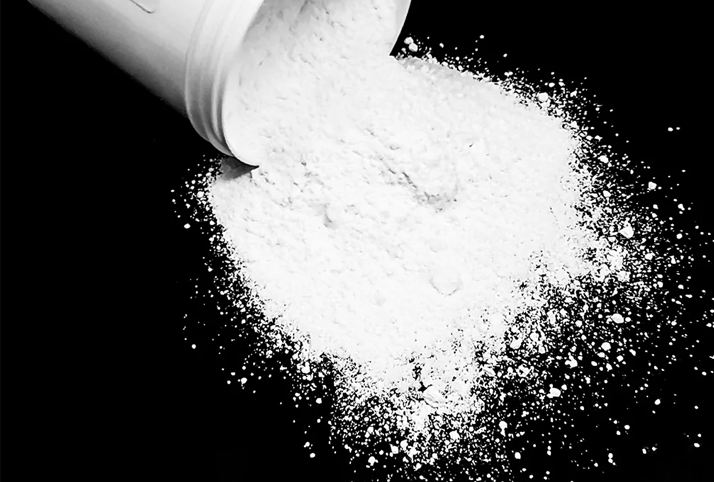Varieties and applications of fine alumina

Fine alumina has many varieties and is widely used. It is the preferred material in many fields.
Therefore, “wide source of raw materials”, “can be found everywhere”, “cheap price” and “simple preparation” have become labels for alumina. Scarcity makes things valuable. These labels can easily lead people to misunderstand that alumina is a low-end material. First of all, the editor believes that these labels cannot determine whether alumina is low-end or not, but they can show that alumina is a very cost-effective material in many fields. Secondly, even from the perspective of price, technical content, performance and other aspects, alumina is not lacking in “high-end products”. These “high-end products” play an irreplaceable role in high-precision fields such as semiconductors and aerospace.
Alumina fiber
The main component of alumina fiber is alumina (Al2O3), and the auxiliary components are SiO2, B2O3, MgO, etc. It is a high-performance inorganic fiber and a polycrystalline ceramic fiber with various forms such as long fiber, short fiber, and whisker. It has excellent properties such as high strength, high modulus, and corrosion resistance.
The application field of Al2O3 fiber is relatively wide. Al2O3 short fiber can be compounded with resin, metal or ceramic to prepare high-performance composite materials, and manufacture industrial high-temperature furnaces such as heating furnaces, kiln linings and electronic component calcining furnaces; Al2O3 continuous fiber reinforced composite materials have excellent properties such as high strength, high modulus and high stiffness. Its matrix is not easy to oxidize and fail during use. It also has excellent creep resistance and will not cause grain growth at high temperatures to cause the performance of the fiber to decrease. It is internationally recognized as a new generation of main materials for high-temperature resistant hot end components and has huge development potential; in addition to the above properties, functional Al2O3 nanofibers also have excellent properties such as low thermal conductivity, electrical insulation and high specific surface area. They are widely used in reinforced composite materials, high-temperature thermal insulation materials, catalytic filtration materials, etc.
High-purity alumina
High-purity alumina (4N and above) has the advantages of high purity, high hardness, high strength, high temperature resistance, wear resistance, good insulation, stable chemical properties, moderate high-temperature shrinkage performance, good sintering performance and optical, electrical, magnetic, thermal and mechanical properties that ordinary alumina powder cannot match. It is one of the high-end materials with the highest added value and the widest application in modern chemical industry.
At present, high-end high-purity alumina is mainly used for lithium battery electrode additives, solid-state battery electrolyte fillers, and wafer grinding and polishing in the semiconductor industry.
Spherical alumina
The morphology of alumina powder particles will directly affect its application performance in many fields. Compared with the common irregular, fibrous or flaky alumina powder particles, spherical alumina has a regular morphology, higher packing density, smaller specific surface area and better fluidity. It is widely used as thermal conductive filling material, polishing material, catalyst carrier, surface coating material, etc.
